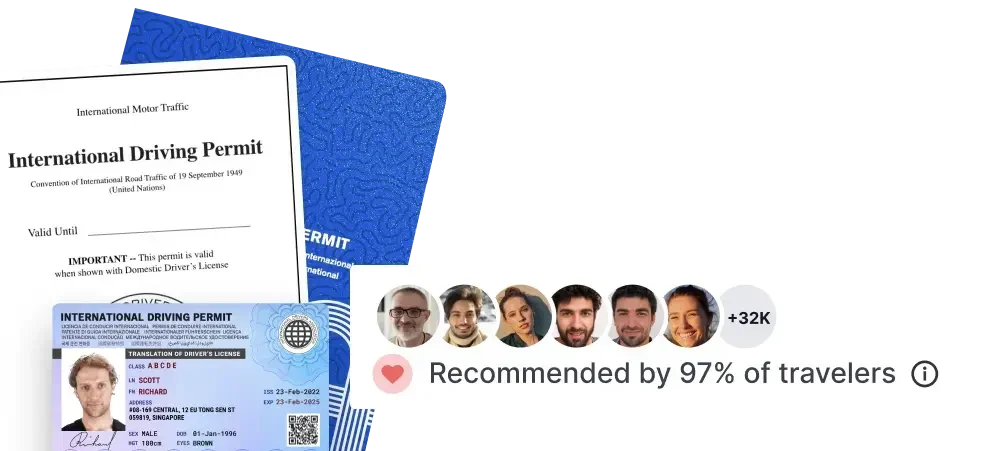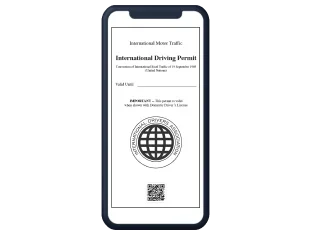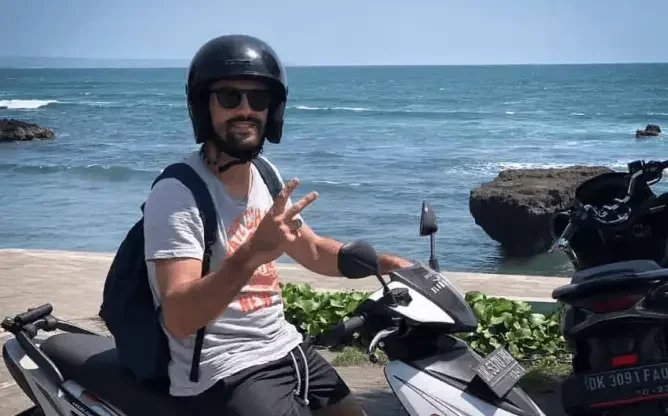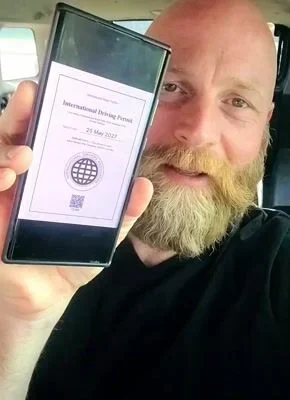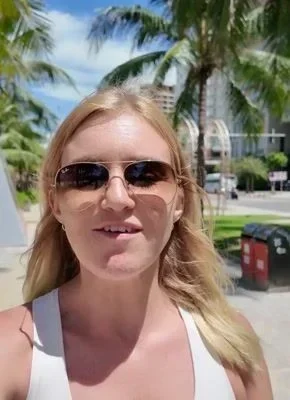FAQs: International Driving Permit in Lebanon
Do you need an International Driving License in Lebanon?
Yes, an International Driving Permit (IDP) is recommended for driving in Lebanon, especially for tourists and short-term visitors. While some foreign driver’s licenses may be accepted, an IDP serves as an official translation of your national license and helps avoid any issues with local authorities and car rental companies. If you plan to drive in Lebanon, you can quickly apply for an IDP through the International Drivers Association for a hassle-free experience. How do I get an International Driving Permit (IDP) in Lebanon?
To get approved and earn your IDP, you only need to fill out the application form and prepare a copy of your passport-sized photos and valid driving license.
However, if you intend to stay and drive in the country for more than three months, you will need to take a driving test and get a Lebanese driving license. Is it safe for Indian tourists to travel to Lebanon?
Lebanon is generally safe for tourists, but political instability and regional tensions can impact security. Indian travelers should stay updated on travel advisories, avoid border areas and protests, and exercise caution in certain regions. Petty crime, such as pickpocketing, can occur in busy areas, so it’s advisable to stay alert and follow local guidelines. What are the road conditions like for tourists driving in Lebanon?
Road conditions in Lebanon vary, with well-paved highways in cities but poorly maintained roads in rural and mountainous areas. Traffic in Beirut can be heavy, and driving habits are often aggressive. Tourists should be cautious of unpredictable drivers, limited road signage, and occasional fuel shortages. Renting a car with comprehensive insurance and driving during daylight hours is recommended.
Top Destinations in Lebanon
Lebanon is located on the coast of the Middle East land area, facing the Mediterranean. It is blessed with a natural mountain range all around the surrounding border of Syria on the North and the East, while at the South of its border lies Israel. Being in the Middle East region, Lebanon is also a cradle of civilization filled with archeological and historical places and landmarks.
Beirut was once known as the “Paris of the Middle East.” This moniker was given primarily because of the French influence, but it also stuck because Beirut was the most liberal city in the Middle East region and became a hub for fashion, art, and music progressives. This was only interrupted by their civil war, but since it ended in 1990, the country has strived to rise from the ashes.
White Beach
Lebanon is a coastal country, with its Western side facing the Mediterranean Sea. It has mountains in the East and beaches in the West, so they have the basic must-haves of nature-based tourism. One of the best beaches in Lebanon is White Beach, named after its fine, white sand intertwined with sparkling clear water. Located in Batroun, north of Beirut, this beach is the perfect getaway from the increasing crowd in Beirut and Tyre.
The Western Lebanon Mountain Trail
Lebanon is a shares a border with Syria all around the North and East. It has 403 kilometers of border with Syria, stretching from the Western tip to the East. Your International Driving License and driving license are required documents in both Lebanon and Syria, so you can explore the mountains and cross the border. The Anti-Lebanon mountains was named because it faces the Lebanon mountains, or the Western Lebanon Mountain Trail.
Most of the peaks in Anti-Lebanon are in Syria already, but the Western ranges have summits of 2500 meters and a stretch of 440 km hiking trail; this trail crosses from north to south in 26 stages. The Qadisha Valley and the nature respites of Shouf Cedar are also part of that vast expanse. You can also visit the valley of the river Nahr Ibraham.
National Museum of Beirut
The National Museum of Beirut is a testament to the long and rich history of Lebanon. They have an extensive collection of 100,000 objects from antiques, jewelry, coins, ceramics, weapons, and other items. It also includes 1,300 artifacts that date back to the prehistoric period.
Beirut’s Corniche
You can park your car, but bring along your International Driver’s Permit in Lebanon’s corniche, and you might need requirements for a rental motorcycle or ATV but a good stroll through 4.8 kilometers or three full miles of coastline with cafes and eateries. Taste the native street food, but they would also have burgers and hotdogs if you’re longing for the usual fare. Sunset in the Mediterranean is not like anywhere else.
Sursock Museum
If contemporary art is more your thing rather than history and artifacts, then the Nicolas Ibrahim Sursock Museum in Beirut is worth visiting. You could spend a half-day there, just bring your International Driver’s Permit in Lebanon, their office could require identification. The architecture is Italian-Lebanese architecture and a collection of art, sculptures, and engravings from around the world.
Most Important Driving Rules
Lebanon has some key rules for driving. Many of these rules exist because they’re needed. For example, you’ll find lots of police and military stops across the country. This is because Lebanon had a civil war, and keeping peace is now very important.
Safety Regulations
Many of the important driving rules in Lebanon deal with safety. This is a huge factor in their campaign to reduce the incidence of road accident casualties and injuries. This is evidenced by their safety and security laws like the total ban on dark tinted windows. This was perceived as a security measure during the civil war unrest, but now, it is a method to check on the conditions of the driver.
Without tinted windows, authorities can see the driver if he is fatigued or drunk–both are restricted in Lebanon. They can also spot tourists and foreigners.
Lights and Parking
Despite enjoying bright sunshine for about 300 days a year, Lebanon driving rules state that it is mandatory to keep your lights on at any time of the day. International driver’s license holders who visited Beirut, Lebanon are witness to this. The city police officers really check on your lights even at noontime with blazing sunshine. They are also particular about the use of hazard lights in an accident and having the reflectorized triangle on the road to warn oncoming traffic.
Parking has been an issue for the Lebanese drivers as some of them would double park or occupy the middle of the street. There are recorded instances of Lebanese drivers parking in roundabouts. The government has imposed stiffer penalties as they have cracked down on parking infractions that have caused heavy traffic and accidents.
Side Mirrors and Children
The Lebanese government has accommodated different modes of transportation, including bicycles and electronic scooters. However, they require protective gear and even side mirrors on bicycles and scooters as an added precaution. They also do not allow children below 10 years old to ride on a motorcycle, and they have to be in car seats on four-wheel vehicles.

